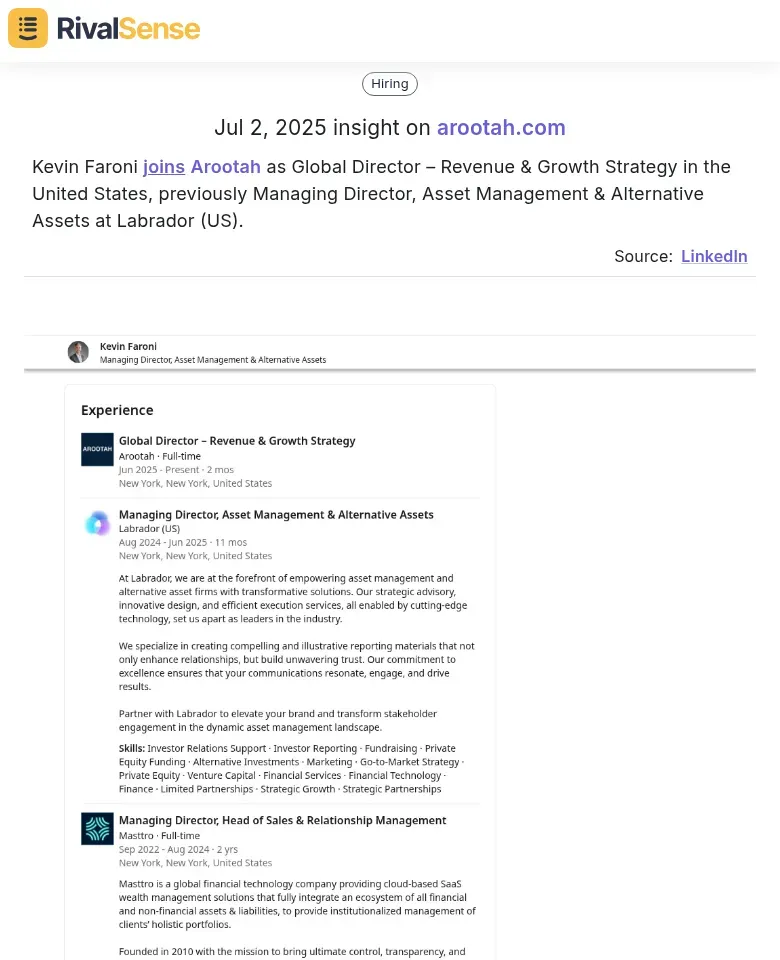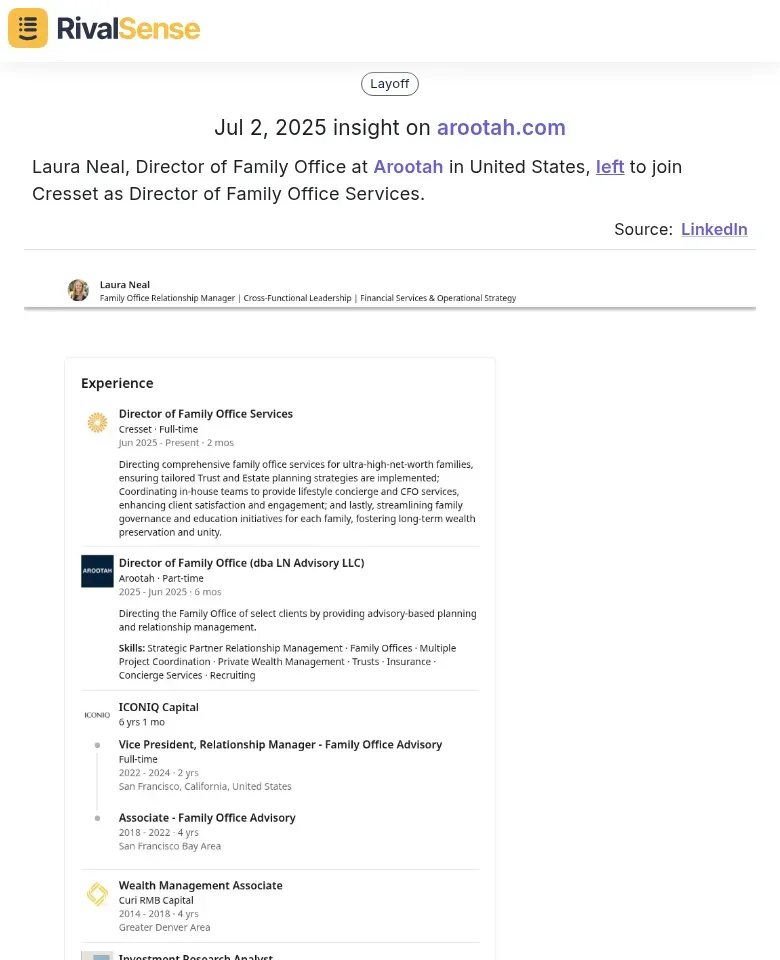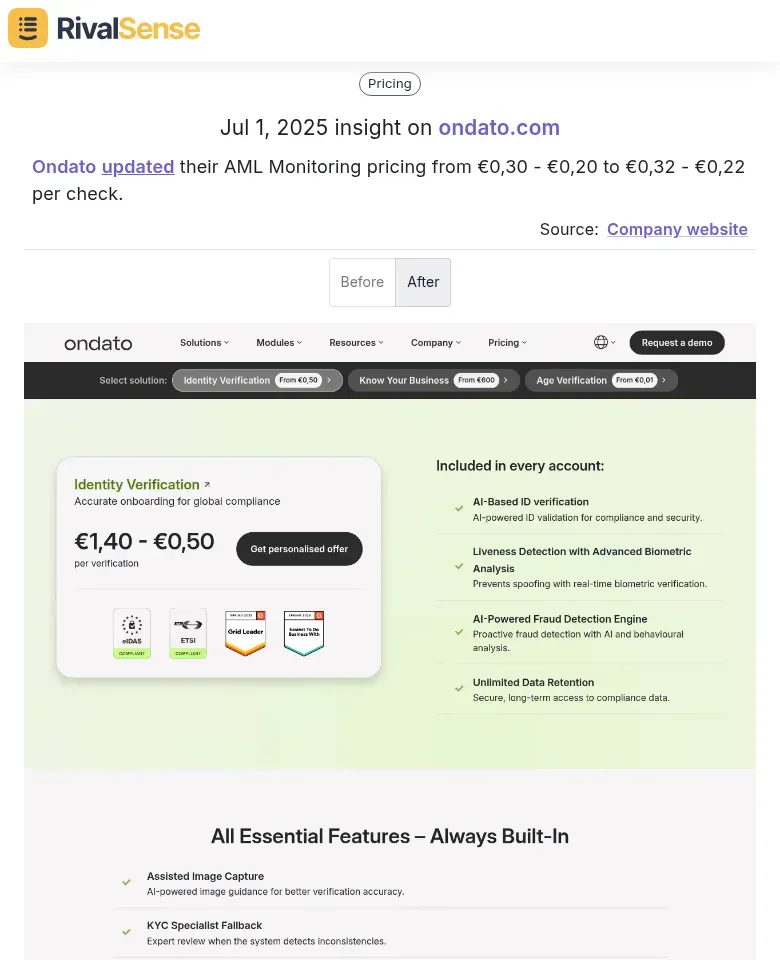EV Market Intelligence Checklist for Strategic Fleet Management
In the rapidly evolving electric vehicle (EV) market, intelligence is the cornerstone of strategic fleet management. Understanding EV market intelligence goes beyond tracking trends—it's about leveraging actionable data to make decisions that directly impact your bottom line and sustainability goals. For B2B leaders, this means transforming raw data into competitive advantages through precise fleet optimization.
💡 Why EV Market Intelligence Matters
- Informed Decision-Making: Real-time data on EV adoption rates, charging infrastructure, and policy shifts enables proactive strategy adjustments.
- Cost Efficiency: Tracking battery tech innovations and pricing trends can reduce operational expenses by 15-30%.
- Sustainability Alignment: Market insights ensure fleet strategies comply with environmental regulations while boosting ESG credentials.
🔄 Impact of EV Market Trends
- Technology Advancements: Monitor innovations in range extension and charging speed to future-proof your fleet.
- Policy Shifts: Subsidy changes or emission standards directly affect procurement timelines and ROI calculations.
Key Components of EV Market Intelligence 🧩
Effective fleet management requires focusing on three intelligence pillars: market trends, competitor activity, and infrastructure developments. These components form a diagnostic framework to identify opportunities and risks in your electrification journey. Consistently monitoring these areas prevents costly missteps and keeps your strategy agile.
-
Identifying and Tracking Key EV Market Trends
Subscribe to BloombergNEF/IEA reports and automate tracking with tools like RivalSense for real-time updates on battery breakthroughs and incentive programs. -
Analyzing Competitor Fleet Strategies
Benchmark EV adoption rates and partnership models against rivals to uncover gaps in your approach. -
Leveraging Charging Network Data
Map station availability in operational regions to optimize routes and negotiate provider contracts.
✅ Practical Tips:
- Create monthly trend review checklists
- Visualize data through live dashboards
- Join EV industry forums for early tech alerts
Beyond Fleet: Holistic Competitor Intelligence 🌐
While fleet-specific analysis is crucial, overlooking broader competitor moves creates blind spots. Executive appointments, departures, and pricing shifts signal strategic pivots that could reshape market dynamics. These intelligence layers help anticipate disruptions before they impact your operations.
👔 Executive Movements: Strategy Indicators

Why it matters: Tracking hires like Kevin Faroni's move to Arootah reveals growth priorities and potential market expansions—allowing you to adjust counter-strategies early.

Why it matters: High-profile departures like Laura Neal's exit signal organizational shifts, highlighting recruitment opportunities or partnership voids.
💰 Pricing Changes: Market Positioning Signals

Why it matters: Monitoring adjustments like Ondato's AML pricing increase helps anticipate cost pressures and refine your own pricing elasticity models.
Tools and Technologies for EV Market Data ⚙️
Automating intelligence gathering is non-negotiable at scale. The right tools transform fragmented data into coherent insights while freeing strategic bandwidth. For CEOs, this means replacing reactive decisions with predictive analytics.
-
Competitor Tracking Platforms
Solutions like RivalSense monitor competitors' product launches, pricing changes, and leadership moves across web/social/registry sources. -
AI-Powered Predictive Analytics
Tools from AWS Marketplace or Kadence forecast adoption curves and infrastructure demand spikes. -
Real-Time Fleet Management Systems
Platforms like MICHELIN Connected Fleet optimize charging schedules based on live usage data.
✅ Implementation Checklist:
- [ ] Integrate AI tools with existing fleet management systems
- [ ] Set automated alerts for competitor pricing/leadership changes
- [ ] Prioritize dashboards showing fleet utilization vs. charging availability
Strategic Fleet Management with EV Intelligence 🗺️
Aligning electrification goals with market realities requires phased execution. Start by auditing current fleet usage patterns against regional EV incentives and infrastructure maps. Case studies like National Grid's bus fleet transition prove that intelligence-led planning reduces implementation risks by 40%.
⚠️ Risk Mitigation Tactics
- Pilot EV deployments in high-incentive regions first
- Pre-negotiate charging partnerships before scaling
- Cross-train mechanics on EV maintenance protocols
✅ Action Steps:
- Conduct TCO analysis comparing ICE vs. EV models
- Monitor local subsidy expiration dates
- Track competitor pilot programs through tools like RivalSense
Future Trends in EV Market Intelligence 🔮
Autonomous fleets, solid-state batteries, and vehicle-to-grid integration will dominate the next evolution phase. Continuous intelligence systems that monitor these innovations provide first-mover advantages. Analysts project 30% annual EV adoption growth—laggards risk obsolescence.
📈 Adoption Projections
| Region | 2025 Growth | Key Driver |
|---|---|---|
| North America | 28% | EPA emissions mandates |
| EU | 32% | Corporate carbon taxes |
| APAC | 41% | Charging infra expansion |
✅ Proactive Measures:
- Allocate 5% of fleet budget for emerging tech trials
- Subscribe to battery patent filings alerts
- Attend virtual EV expos quarterly
Conclusion and Actionable Steps ✅
EV market intelligence transforms fleet management from reactive cost center to strategic growth lever. By institutionalizing competitor monitoring, trend analysis, and infrastructure mapping, you secure sustainable advantages in the electrification race. Implement this 6-step framework:
- Audit current fleet EV readiness
- Track competitors' adoption timelines
- Map regional charging infrastructure gaps
- Model TCO under different subsidy scenarios
- Pilot EVs in optimal operational zones
- Review strategy quarterly with fresh intelligence
🚀 Accelerate Your Strategy:
Ready to automate competitor tracking? Try RivalSense for free and get your first customized intelligence report today—monitoring product launches, pricing shifts, executive moves, and regulatory changes across your competitive landscape.
📚 Read more
👉 How Interexy's FinTech Innovation Spurred Competitor Action
👉 Unlock Competitive Edge: How to Leverage Twitter for Strategic Insights
👉 Step-by-Step Guide to Competitive Intelligence in Fleet Management
👉 Leveraging Competitor Insights for Smarter Event Participation
👉 Decoding Geotab's Marketplace Expansion: Strategic Insights & Action Steps
